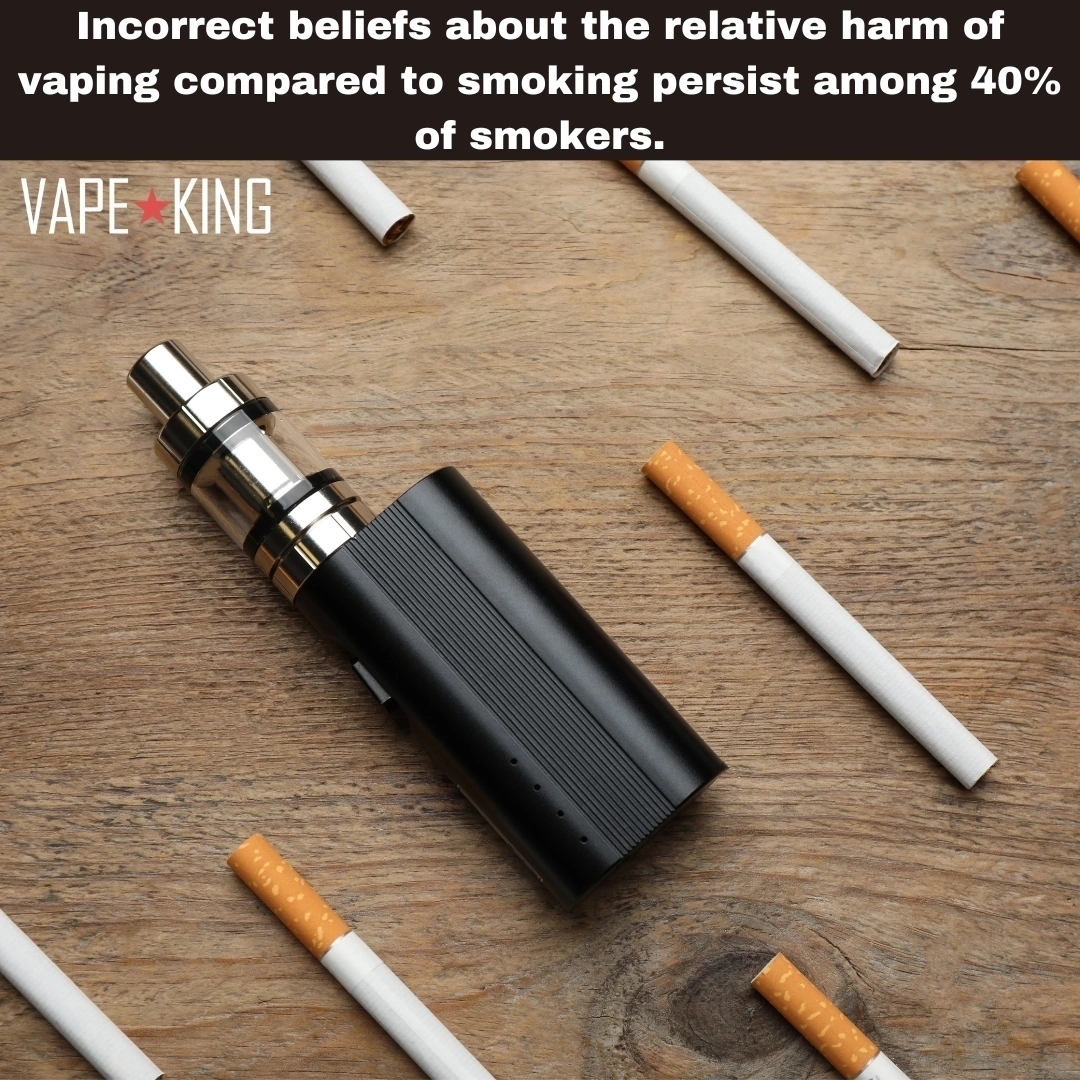Incorrect beliefs about the relative harm of vaping compared to smoking persist among 40% of smokers.

The battle against misconceptions surrounding vaping has been ongoing since its inception. Despite Public Health England's assertion that E-Cigarettes are 95% less harmful than smoking and Cancer Research UK's findings of a 97% reduction in harm, a recent survey by Action on Smoking and Health (ASH) reveals that nearly four in ten smokers wrongly perceive vaping as equally or more harmful than smoking.
Origins and Purpose of E-Cigarettes:
The genesis of E-Cigarettes lies in addressing the dire consequences of smoking. Invented by Hon Lik after his father's death from smoking-related lung cancer, E-Cigarettes were designed to offer a safer alternative to traditional smoking. However, misconceptions surrounding their safety persist, particularly in the context of regulatory disparities between countries.
Regulatory Disparities and Market Safety:
While the UK boasts stringent regulations overseen by the Medicines and Healthcare products Regulatory Agency (MHRA), the United States has grappled with a lack of oversight, leading to a myriad of issues including the inclusion of harmful substances like vitamin E acetate in unregulated e-liquids. Consequently, the UK's regulated market stands as a global standard for safety.
Comparative Health Impacts:
The fundamental distinction between smoking and vaping lies in their respective mechanisms of delivery. Smoking involves combustion, resulting in the release of over 50 carcinogens and harmful chemicals. In contrast, vaping operates through vaporization, eliminating the production of tar and significantly reducing the intake of harmful substances. Despite this, vaping is not risk-free, but the risks are markedly lower compared to smoking.
Nicotine Addiction and Smoking Cessation:
Nicotine addiction drives smoking habits, compounded by the numerous chemicals added to enhance its effects. E-Cigarettes offer a viable cessation tool by delivering nicotine without the harmful additives found in tobacco. Studies suggest E-Cigarettes are twice as effective as traditional nicotine replacement therapies in aiding smoking cessation, prompting initiatives like the UK Government's 'swap to stop' scheme.
Challenges and Misinformation:
Despite overwhelming evidence supporting the harm reduction potential of vaping, misinformation persists, fueled by sensationalized media coverage and regulatory concerns. Youth vaping trends raise legitimate concerns, yet efforts to address this should not overshadow the harm reduction benefits for adult smokers. Debunking flawed studies and misleading narratives is crucial in shaping public perception accurately.
Safety Considerations and Conclusion:
Ensuring the safety of vaping entails adherence to regulatory standards, proper battery maintenance, and responsible usage. While challenges remain, it's imperative to contextualize discussions around vaping within the framework of harm reduction. By aligning with evidence-based assessments and promoting informed discourse, the truth about vaping can prevail, empowering smokers to make healthier choices.
The prevalence of misinformation surrounding vaping underscores the importance of evidence-based dialogue and regulatory oversight. Despite challenges, the harm reduction potential of vaping remains undeniable, offering smokers a safer alternative to traditional tobacco products. By dispelling myths and emphasizing safety measures, the journey towards accurate public perception and smoking cessation can continue unabated.
No posts found
Write a review


